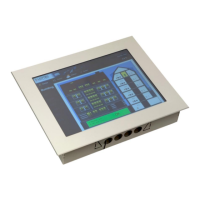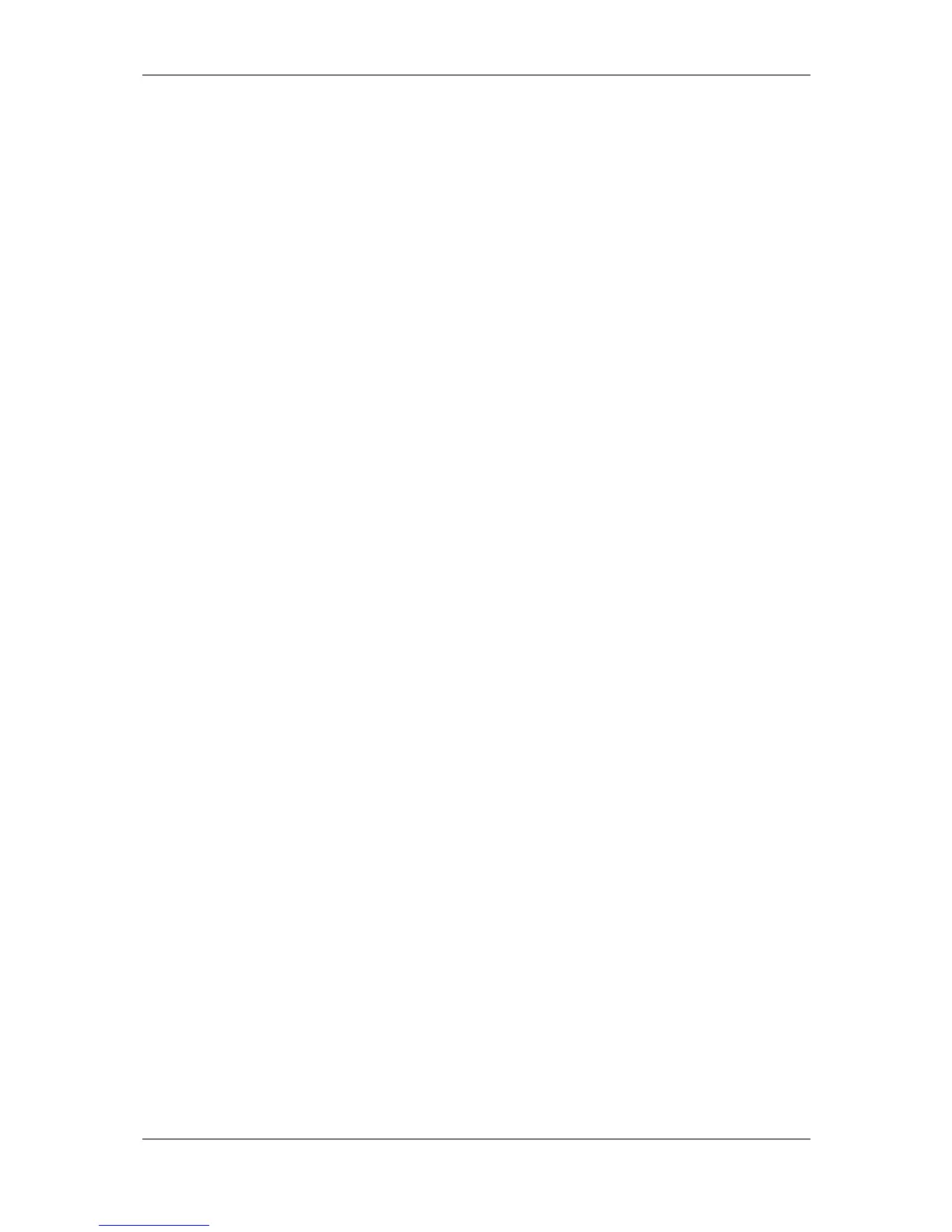L-VIS User Manual 196 LOYTEC
Version 6.2 LOYTEC electronics GmbH
System Registers: This is the folder in which the available system data points
are located. All these objects are automatically created and cannot be removed or
modified in any way. They can only be selected to create a new data point
reference for the object tree.
User Registers: This is a folder for internal registers created by the user. To add
a new register, select this folder and then use the New button or the context menu
to add a new register object, represented by one or two data points.
Alarm: This folder contains generic alarm servers. These provide technology-
independent alarms. Any data point can be alarmed using a generic alarm server
but the alarms are only accessible to the local L-Vis or to remote devices via
OPC.
Trend: This folder contains generic trend log objects. These can record historical
values for any data points but are not visible to other devices on the network
except for access via OPC.
CEA709 Port / BACnet Port: This folder contains sub folders holding data
points which are used to communicate with other devices on the network:
o Local NVs / Server Objects: Data points which represent a local network
variable or local server object are located in this folder. Select the folder and
use the New button or the context menu to create a new local data point.
o External NVs / Client Mappings: Data points which reference remote
network variables or server objects on other devices, without connection to a
local network object, are located in this folder. These are usually data points
which were created from points in the import folder, by using the option Use
on Device from the context menu of the imported point.
o Calendar: This folder is used to hold a locally available calendar object with
its calendar patterns (definitions of day classes like holiday, maintenance day,
and so on). Current devices allow one local calendar object. To create it,
select the folder and use the New button or the context menu.
o Scheduler: This folder is used for local scheduler objects. Each of these
objects will connect to a local scheduler on the device and will be
configurable through this data point, that is, the data point transfers scheduler
configuration data between the actual scheduler present on the device and the
user interface.
o Alarm: This folder is used for local alarm servers. On CEA-709 devices, only
one alarm server may be created, which basically represents the node object of
the device which is used to manage system alarms. On BACnet devices, an
arbitrary number of alarm server objects may be created, where each alarm
server object will be connected to a separate notification class object on the
device.
o Trend: Only available for BACnet models. This folder is used for local trend
service data points which are accessible to other devices on the network via
the BACnet trend service.
o Remote Devices: This folder is used to collect all remote calendars,
schedulers and alarm client objects which were created from network scan
data. For each remote device, a subfolder will be created where the objects
referencing this device are collected. Note that references to normal external
data points go into the External NV or Client Mappings folder.

